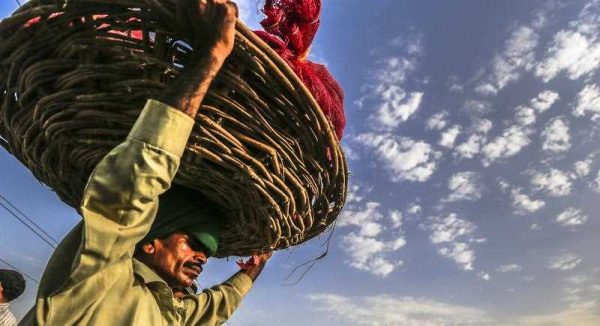The three main pillars of the economic reform program are energy reforms, stabilising public finances, and improving the external balances. If successful, over the following five years this program would raise economic growth from 3 per cent to 5 per cent a year, bring inflation down from double digits to 6 per cent, reduce the fiscal deficit five percentage points to 3 per cent of GDP, and increase international reserves to over US$20 billion from the US$7 billion in July 2013.
So what is the scorecard to date on the three priority areas of the PML-N government?
The PML-N government says that energy is a high priority, but there is little to show for its efforts. Pakistan is in the midst of a serious energy crisis that is seen in country-wide electricity shortages and daily cuts in power. This creates considerable hardships for households — the English term ‘load shedding’ has actually entered Urdu and other local languages. Power shortages also have had a severe negative impact on industry, forcing many production units to operate at only 50–60 per cent capacity. Increasing the energy supply would lead to an immediate jump in the growth rate without any need for additional capital investment as industry could utilise the idle capacity.
Installed physical capacity in Pakistan can produce about 22,000 MW of electricity, while peak demand is over 25,000 MW. But power plants are supplying only an average of 17,000 MW and the government has to find ways to close the large gap. It has to increase physical capacity, which is a long-term proposition; it takes time to construct new power plants and develop alternative energy sources. For example, construction of the Diamer-Basha Dam, which will produce 4,500 MW of electricity for the national grid, will take 8 years to complete. Under endless negotiations, the proposed Iran–Pakistan gas pipeline has been ridiculed in the press as a ‘pipe dream’. It also has to increase the supply of power from existing plants. This requires increasing tariffs, eliminating arrears to power companies (‘circular debt’), reducing line losses, and collecting payments.
The government can claim some credit in bringing down the fiscal deficit, but this has been achieved largely by one-off revenue measures, such as unexpectedly large transfers from state-owned enterprises, including the State Bank of Pakistan (the central bank), foreign grants and cuts in development spending. As part of the agreement with the IMF, the government aimed to reduce the fiscal deficit from 8 per cent to 5 per cent of GDP in the 2013/14 financial year, which was achieved. But without the one-off measures, the fiscal deficit would have still been close to 8 per cent of GDP. On the revenue side, the government committed to increasing the tax ratio by 1 per cent of GDP each year for the next five years from its 2013 level of 10.4 per cent — the lowest figure in the South Asia region. This required the introduction of some new taxes but mainly involved enhancing the collection of income and sales taxes by expanding the tax base and eliminating exemptions and concessions. So far no progress has been made in increasing tax revenues.
On the expenditures side, the government planned to reduce subsidies, particularly energy subsidies, which were running close to 2 per cent of GDP. It also announced a program to reform state-owned enterprises whose losses amounted to 1.5 per cent of GDP in 2013. This reform program included the privatisation of 65 state-owned enterprises and the restructuring of the larger ones, such as Pakistan International Airlines, Pakistan Steel Mills, and Pakistan Railways.
In order to reverse the bleeding of international reserves, the government made a major effort to secure adequate external financing from donors, international financial institutions, and international capital markets. The IMF arrangement of US$6.6 billion was an important breakthrough, and the World Bank and Asian Development Bank followed up with additional financing. The Gulf Arab countries continued their longstanding financial support for Pakistan, with Saudi Arabia providing a grant of US$1.5 billion in March 2014. More surprisingly, despite its low credit rating the government was able to tap the international capital markets this year by selling US$2 billion worth of Eurobonds, and later another US$1 billion through the sale of Sukuk (Islamic bonds).
Pakistan’s 2014 scorecard shows that the government has not done well in energy reforms and public finances, but has managed to turn its external balances around and build up international reserves. It is still doubtful there will be any significant change in the energy picture in 2015, or that tax reforms and privatisation of state-owned companies will happen. Presumably, Pakistan will have to go to donors and international capital markets once again to manage its external position. Since the government was successful in doing this in 2014, it is likely that it will be able to generate sufficient external financing to keep any foreign exchange crisis at bay. Absent any major economic reforms, one should expect to see the growth rate remaining around 4 per cent in 2015, about the same as in 2014. While somewhat better than 3.5 per cent average growth experienced during the last 3 years of the previous government, it still means the Pakistani economy is merely limping along. No crisis on the immediate horizon, but no boom either.
Mohsin Khan is a Senior Fellow at the Rafik Hariri Middle East Center, the Atlantic Council, Washington, DC.
This article is part of an EAF special feature series on 2014 in review and the year ahead.

